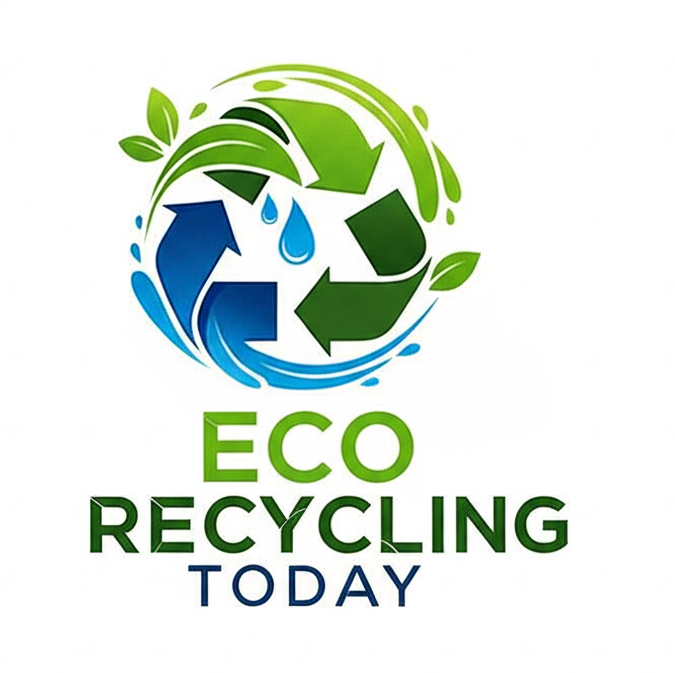As the world seeks sustainable solutions to plastic pollution, two materials stand out: PET (Polyethylene Terephthalate) and PLA (Polylactic Acid). Both are widely used in packaging and 3D printing, and both are recyclable—but their environmental footprints are quite different. We break down the environmental impact of recycling PET vs. PLA plastics, so you can make better, greener choices.
What Are PET and PLA?
PET (Polyethylene Terephthalate)
- Derived from petroleum.
- Common in water bottles, food containers, textiles.
- Widely recyclable via mechanical recycling.
- Durable and transparent.
PLA (Polylactic Acid)
- Made from renewable resources like corn starch or sugarcane.
- Common in compostable packaging, disposable utensils, 3D printer filament.
- Often labeled “biodegradable” or “compostable.”
- Requires industrial composting or chemical recycling.
1. Energy Use in Recycling
- Recycling PET uses significantly less energy than creating new PET from oil. Mechanical recycling—where PET is washed, shredded, and melted—is well-established and energy-efficient.
- PLA recycling is less developed. Mechanical recycling is rare due to contamination concerns. Chemical recycling or industrial composting consumes more energy and resources, especially when collection and sorting are not optimized.
- PET has more efficient, lower-energy recycling processes already in place.
2. Greenhouse Gas Emissions
- Recycling 1 ton of PET can save around 1.5–2.5 tons of CO₂ compared to making virgin PET.
- Although PLA is made from plants, its composting (if not done correctly) can release methane, a potent greenhouse gas. If landfilled, it may not break down properly at all. PLA recycling is also more GHG-intensive due to lack of infrastructure.
- Despite being petroleum-based, PET’s established recycling path helps lower its carbon footprint more effectively than PLA.
3. Waste Management & End-of-Life Impact
PET:
- Widely accepted in recycling streams.
- Contaminants like labels or caps can be removed easily.
- High recycling rates in many regions.
PLA:
- Often contaminates PET recycling streams if mixed.
- Needs separate collection systems, which are rare.
- Degrades only under specific industrial composting conditions (temperature, humidity).
PET is easier to collect, sort, and process, while PLA requires special conditions that most municipal systems can’t handle.
4. Resource Sustainability
PET:
- Fossil-fuel-based (non-renewable).
- Can be recycled multiple times before degradation.
- Efforts are being made to use recycled PET (rPET) instead of virgin.
PLA:
- Plant-based, renewable raw materials.
- Can reduce dependence on petroleum.
- However, large-scale PLA farming may involve pesticides, land use, and water issues.
PLA wins in renewability, but PET wins in circularity and practical sustainability.
Final Verdict: PET vs. PLA — Which Is Better for the Environment?
| Criteria | PET | PLA |
|---|---|---|
| Recyclability | High | Low |
| Energy Efficiency | Efficient | Less efficient |
| GHG Emissions | Lower overall | Higher if not composted properly |
| Collection Infrastructure | Mature | Limited |
| Renewable Resources | Fossil-based | Bio-based |
While PLA has potential due to its renewable origin, the lack of infrastructure for composting or recycling severely limits its environmental benefits. Until better systems are in place, recycling PET remains the more sustainable and climate-friendly option.
Tips for Sustainable Plastic Use
- Choose recycled PET (rPET) products whenever possible.
- Avoid throwing PLA in regular recycling bins—it may contaminate the stream.
- Support local composting and recycling programs.
- Reduce single-use plastics overall.
